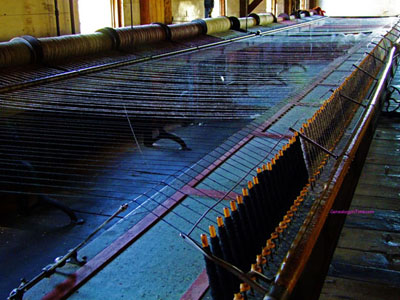What You Need to Know:
• The incidence of underage couples going to Scotland to get married dropped significantly because the requirement for parental consent was no longer necessary. Couples were now more likely to get married in their own parish.
What You Need to Know:
• The University of London has online alumni records that span the time period 1836 to 1930. Access is free. [Historic University of London Alumni Records] Prior to 1828, England only had two universities: Oxford and Cambridge. Therefore, prior to 1828 you can focus your genealogy search to these two universities. [Alumni Oxonienses 1500-1714] [Alumni Oxonienses 1715-1886] [Historic Cambridge Alumni Records]
• If your ancestors were Puritans or dissenters (non-Anglicans), they may have sent their children to Scottish, Irish or Dutch universities. In other words, even in the early 1800s, well-off English families would send their children overseas to study.
What You Need to Know:
• The Industrial Revolution had a profound impact on the lives of our ancestors. England and Wales moved from a primarily agrarian farm-based society to an industrial society.
• The Industrial Revolution marked a period of mass migration from Ireland, Scotland and Wales to England and within England as people moved from farms to cities in search of jobs in new-found industries such as textiles and iron making.

• From a genealogical perspective, the Industrial Revolution caused a great deal of family dislocation. Tracing the geographic origination of families before this period can be challenging as many individuals left few clues as to their regional origins. As well, the intermingling of people in industrial cities resulted in a much greater occurrence of people from diverse regions marrying each other. Previously, people tended to marry within a 30 kilometer radius of where they were born.

